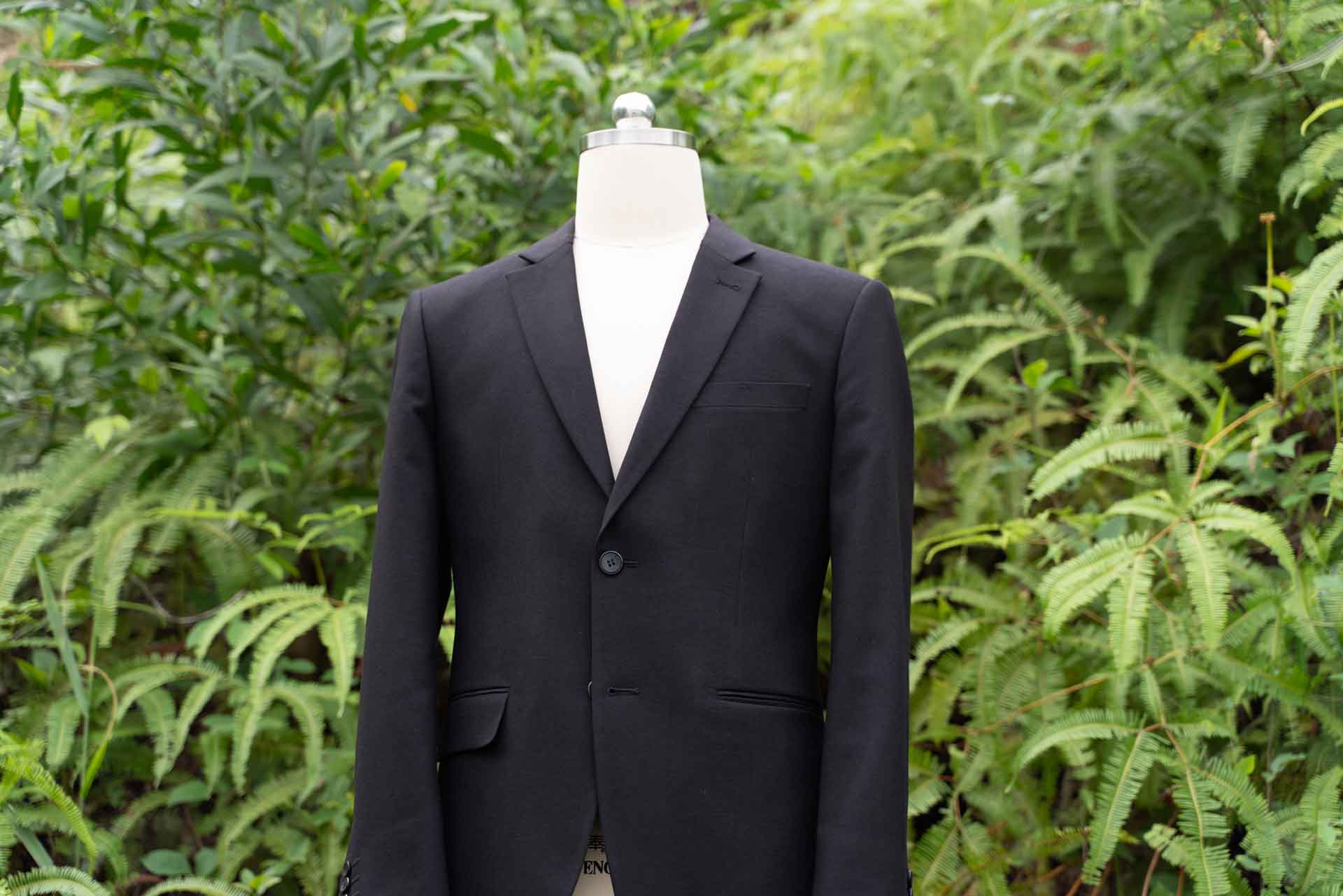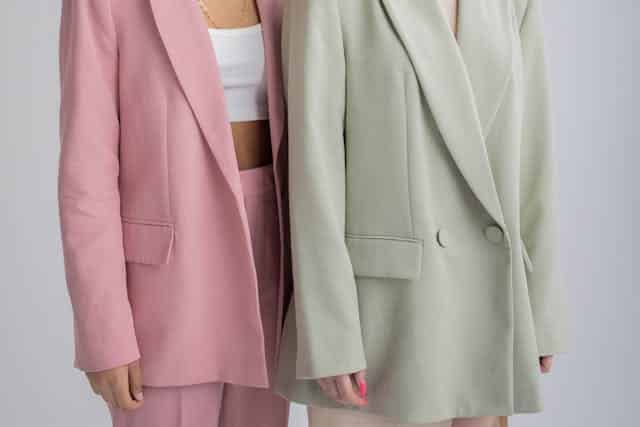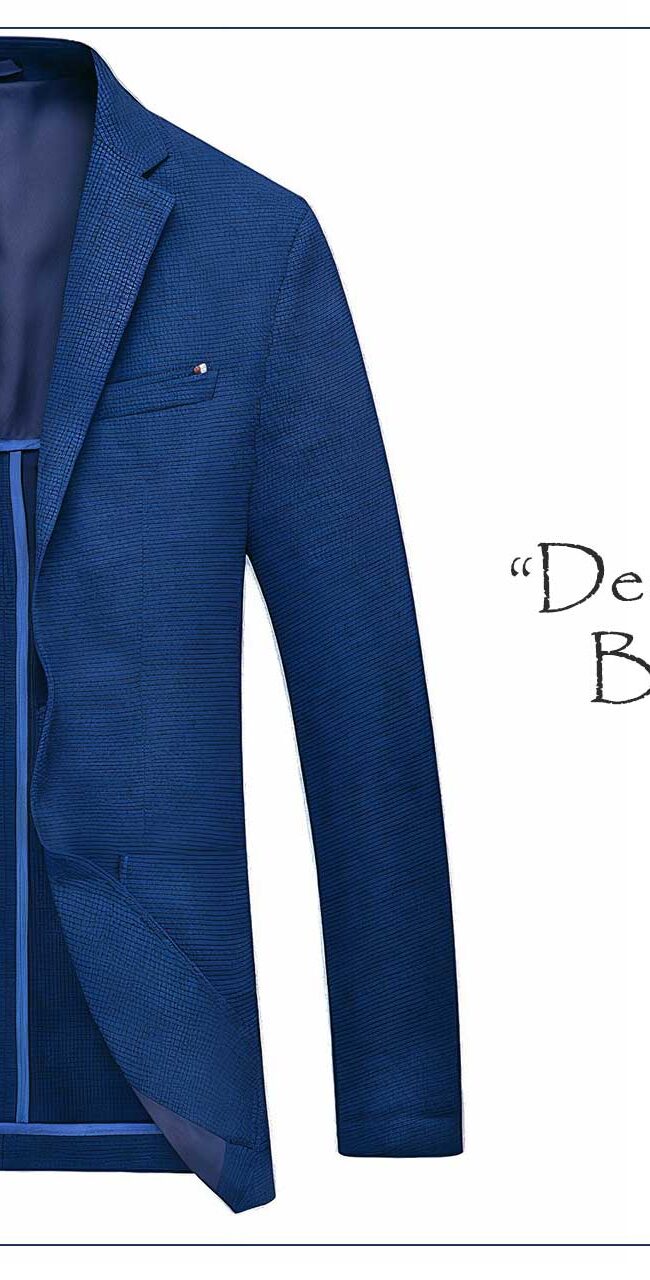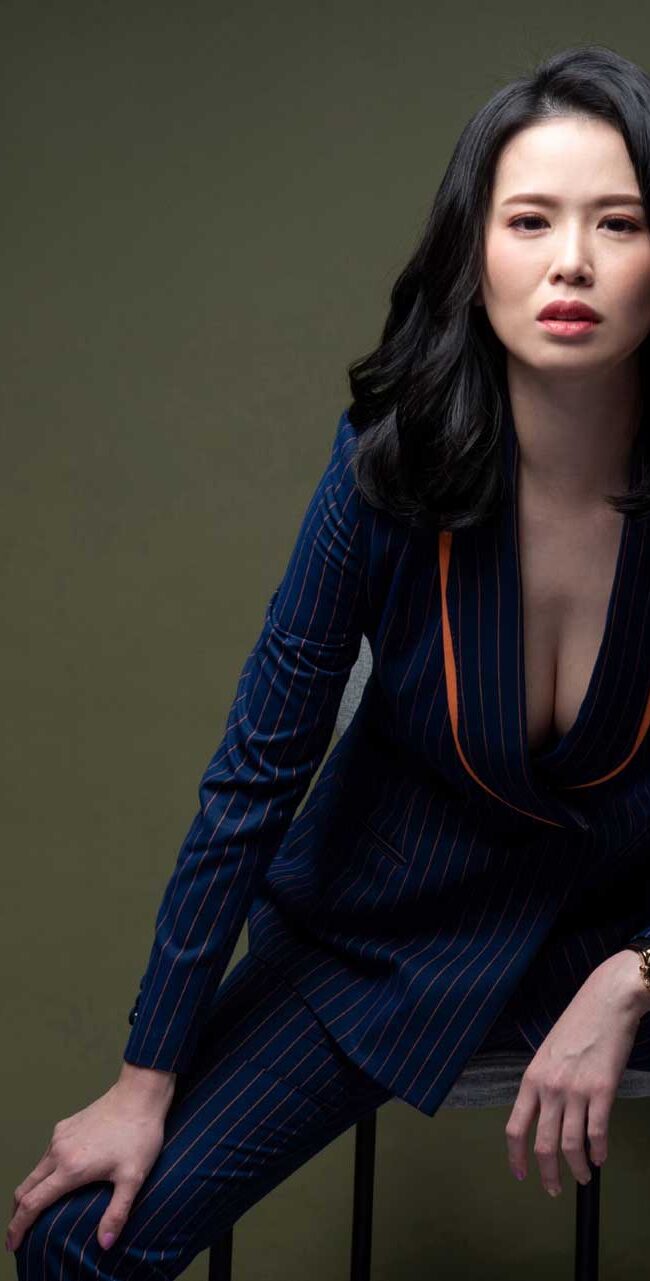
The Blazer


Elegance never goes out of style, just like my blazer.
A blazer offers an elegant and refined option that still maintains the simplicity of being a standalone piece. It strikes the perfect balance when a suit seems overly formal and a sport coat feels a bit too relaxed. Originating in the 1800s and favored by British royalty, the blazer carries with it a hint of maritime heritage, which is why it’s traditionally found in navy or red hues. This garment is the quintessential choice for both professional and leisure activities, making it an indispensable component of every man’s wardrobe. For those wondering how to expand their wardrobe beyond the basic suit, incorporating one or two blazers is an excellent strategy for laying the foundation of a fashionable future.
Types Of Blazers
The variety in blazers can often be seen in their button configurations, with 2, 3, and even 6-button styles being popular choices. The 2-button blazer offers a laid-back vibe suitable for casual settings, whereas the 6-button variant brings an added touch of sophistication for more formal occasions.
While the majority of blazers feature a single-breasted design, double-breasted options are also available, particularly in the 6-button style, for those seeking a distinctive flair. Opting for a double-breasted blazer typically means enjoying notched lapels and an air of unique luxury that comes with the full package.
The 3-button blazer, on the other hand, is a matter of individual taste and tends to complement taller individuals, particularly those with a longer torso. It’s also effective at creating a visual elongation of the body, offering a slimmer appearance.
Blazer's Fabrics
Blazers are crafted to be as adaptable as possible, typically utilizing durable materials like hard-wearing cotton or worsted wool. A variety of fabrics, including hopsack, serge, flannel, linen, and even cashmere, are available, allowing for a spectrum of textures and degrees of luxury. A subtle sheen—distinct from the artificial gloss of polyester—often adds a layer of sophistication to an ensemble, so it’s wise to choose accordingly: a gentle luster for formal occasions and lighter, more breathable fabrics for everyday wear.
The key distinction between suit jackets, blazers, and sport coats lies in their structure. Suit jackets exhibit a more formal construction with shaped shoulders and paneling reinforced by canvas layers, contributing to the crisp and authoritative appearance often associated with professionals like bankers and tycoons. However, this structured design renders suit jackets less suitable for wear as standalone pieces, as they can appear overly formal and mismatched with casual trousers.
Blazers bridge this gap, intentionally designed to offer a broad range of style options—some just a notch above sport coats in casualness, while others approach the formality of suit jackets. This versatility explains the occasional blur in terms between these garments. Hence, if you’re just starting to navigate through these distinctions, it’s okay not to have an expert eye for them immediately.





